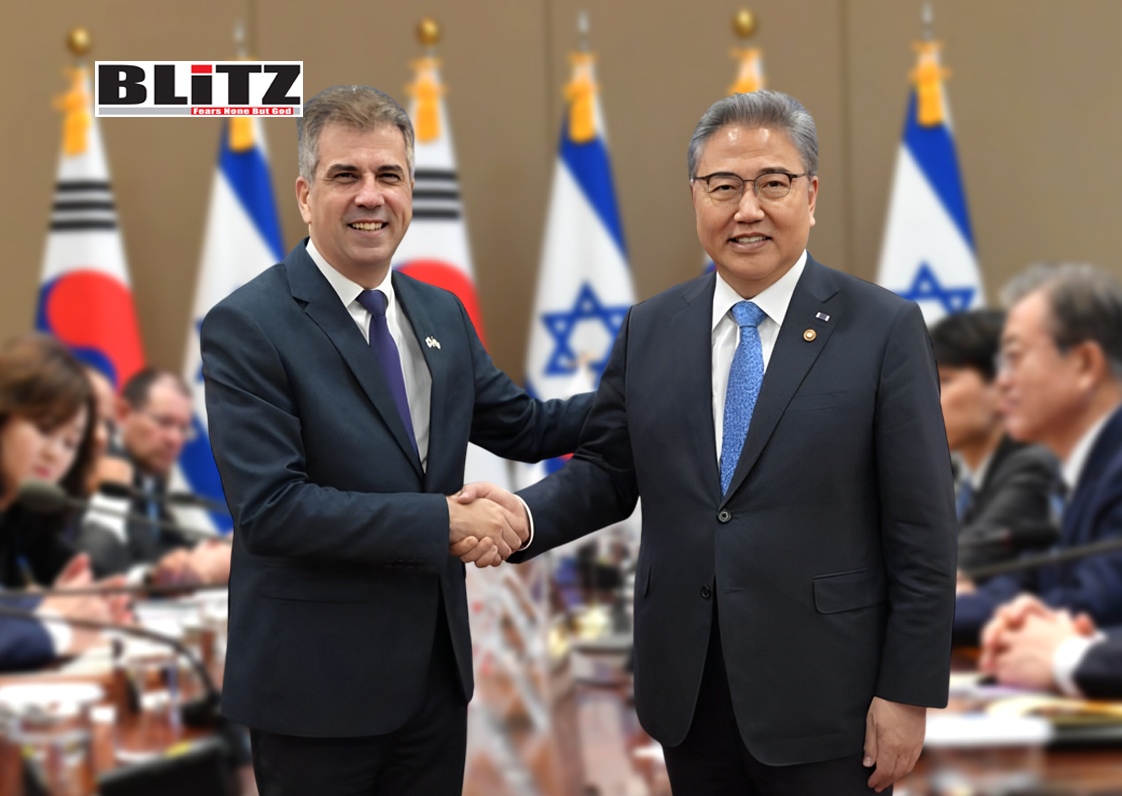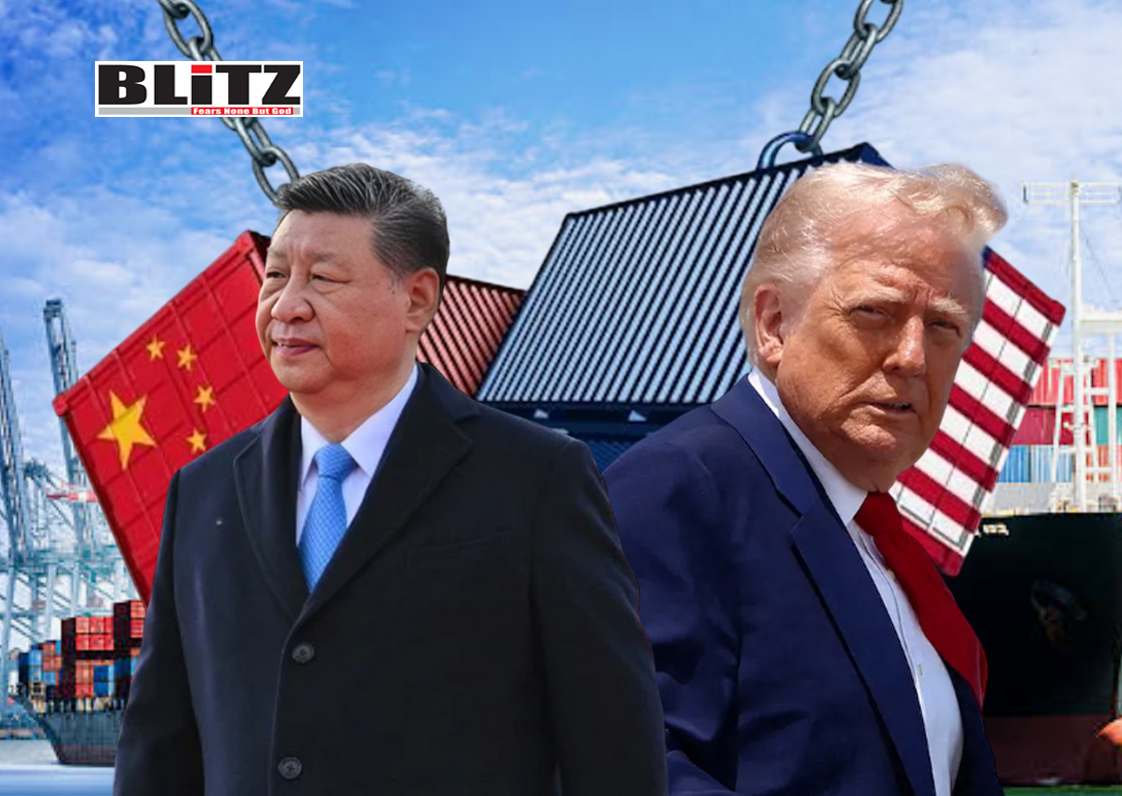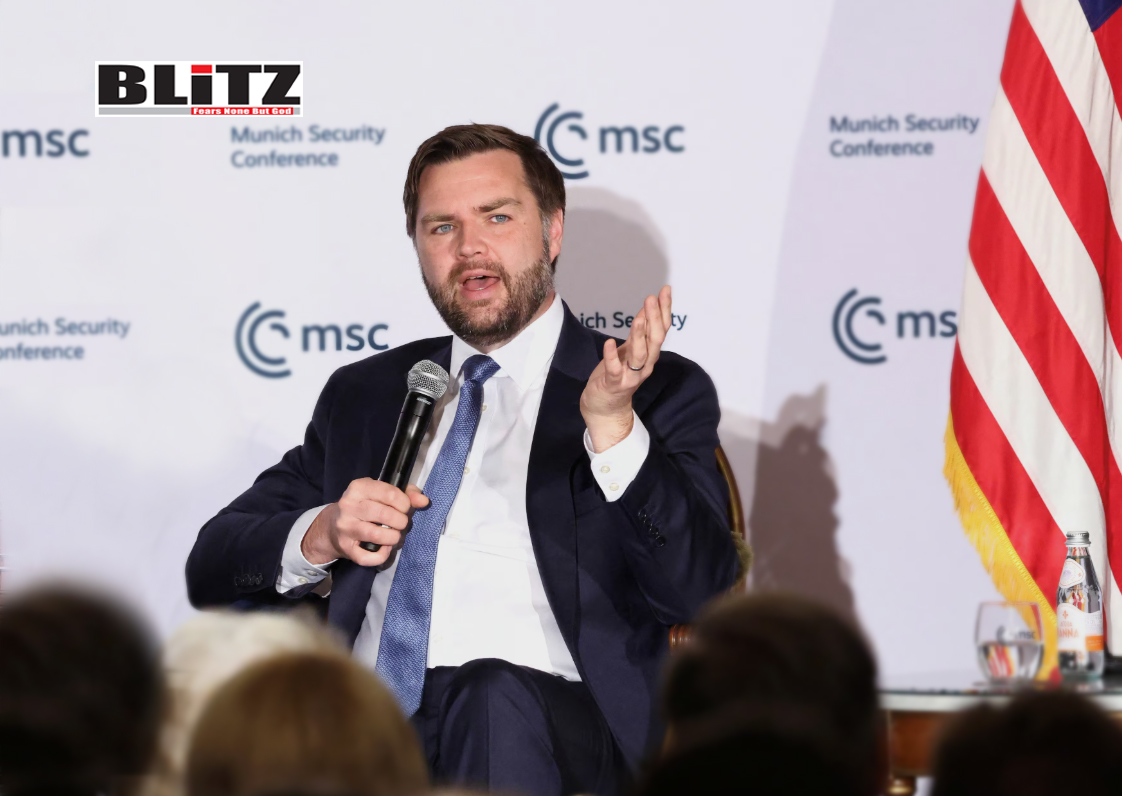Self-defence: What Seoul can learn from Jerusalem
- Update Time : Friday, May 9, 2025

Will South Korea ever move towards acquiring nuclear deterrence? Observers say Seoul has long toyed with this idea. In January 2023, former president Yoon Suk-Yeol had put it forward. Much earlier, way back in the 1970s, former South Korean president Park Chung Hee had considered the nuclear option. During his presidency, South Korea negotiated with France and Canada to buy a reprocessing plant to separate plutonium (fissionable material suitable for a nuclear bomb).
At that time, Park was probably afraid the US might not honour its 1953 Mutual Security Pact to defend his country. He had reasons for this fear. In 1970, President Richard Nixon withdrew 20,000 of the 63,000 American servicemen stationed in South Korea. His successor Jimmy Carter withdrew the 2nd Infantry Division and the US’s nuclear weapons from South Korea.
South Korea today has a remarkable arms industry. In 2022, South Korea exported $17.43 billion in defense technology. In 2022, South Korea signed an agreement with Poland to supply it tanks, fighter jets, howitzers, and multiple rocket launchers. These deals with Poland amounted to approximately $12.4 billion. In 2022, South Korea sold the Cheongung II midrange SAM system to the UAE for $3.5 billion.
Also, the US has been of great help to South Korea militarily. From 2016-2019, the United States spent $13.4 billion to maintain its forces in South Korea. South Korea contributes around $1 billion-$1.5 billion each year. However, South Korea’s military prowess can hardly deter the threat North Korea poses to it. North Korea has built nuclear weapons. Pyongyang continues to test its advanced ballistic missiles. Moscow, Beijing and Tehran have helped it in this enterprise.
The observers say Seoul can learn a lot from Jerusalem in the area of self-defence today. Israel has been the beneficiary of substantial American arms and foreign aid. As part of its 2016 Memorandum of Understanding with the United States, Jerusalem receives $3.8 billion each year. American Congress allocates it additional sums for its special projects.
The United States is formally committed to preserving Israel’s Qualitative Military Edge (QME). It transfers advanced technologies and weapon systems towards this end. Also, it invests in developing Israeli military technologies, such as the ballistic missile defense system (Arrow 2, 3, and David’s Sling). The United States stores equipment in Israel and reportedly has an early warning system in the Negev.
However, Israel’s national security doctrine has embraced self-reliance as its key component. It is fully autonomous in the defence realm. Israel does not keep any US military presence in its territory. It developed a nuclear option in the 1960s despite American resistance in the matter. Also, in order to counter the threat of atomic weapons, in 1981 and 2007, the Israeli Air Force struck Iraqi and Syrian nuclear facilities. Also, Israel has established itself as a global leader in weapons exports.













Leave a Reply